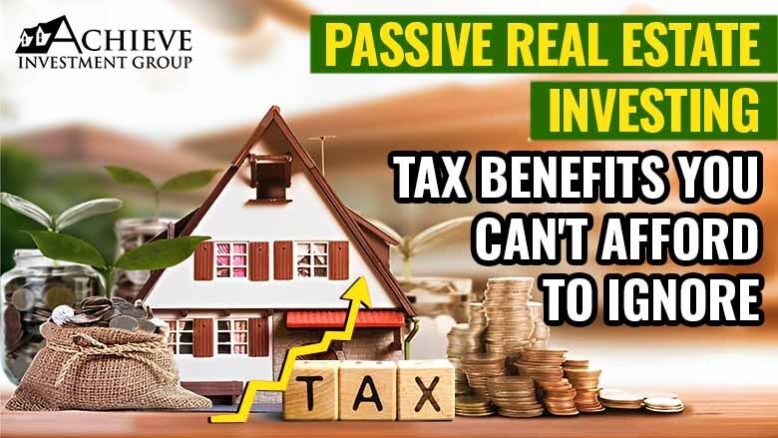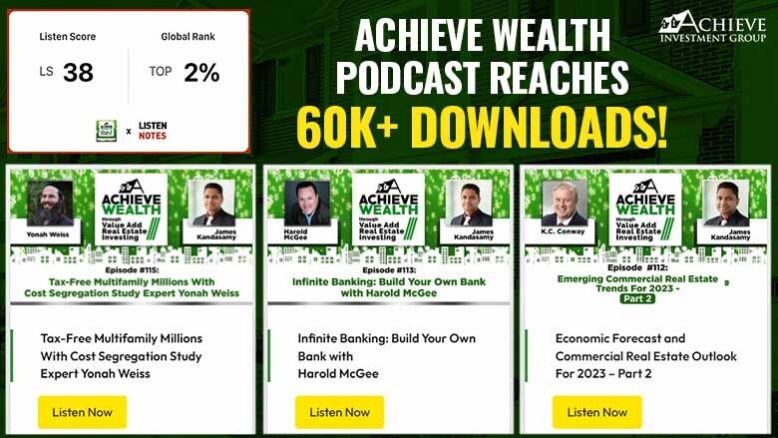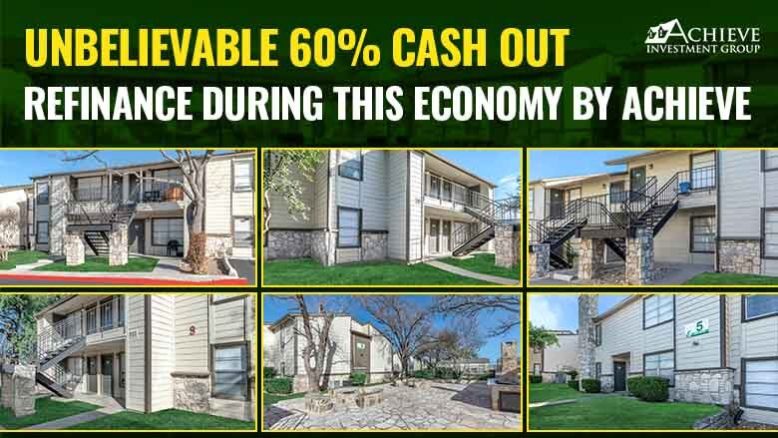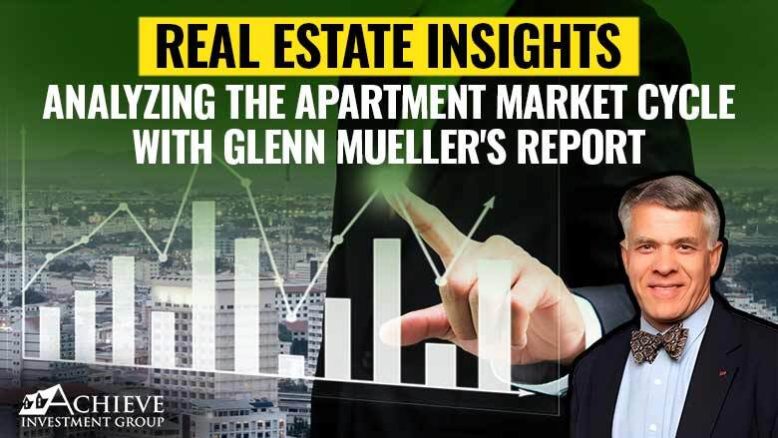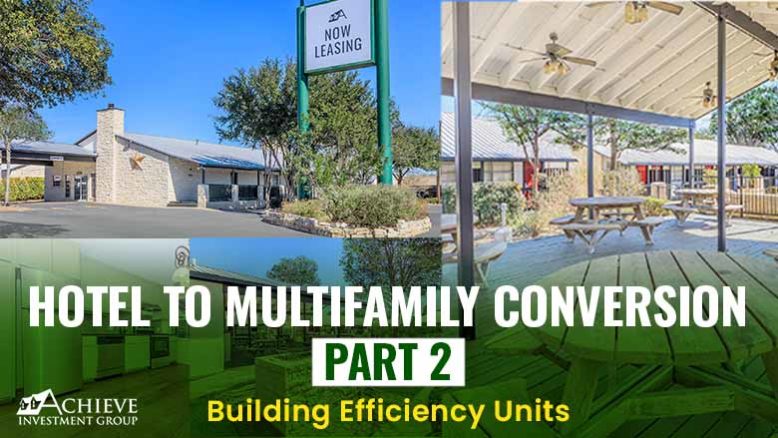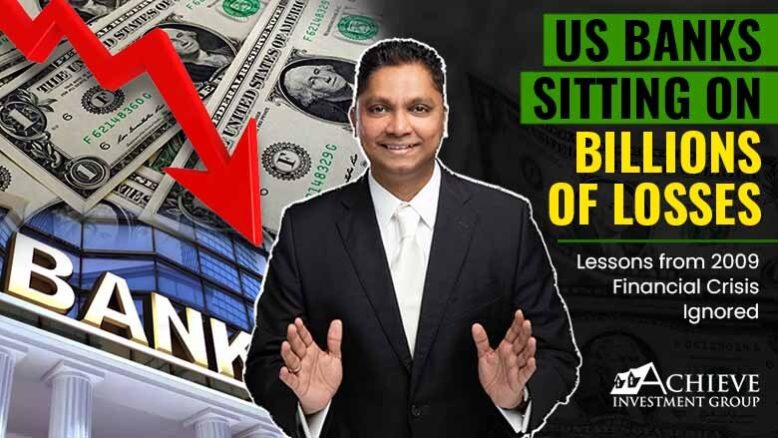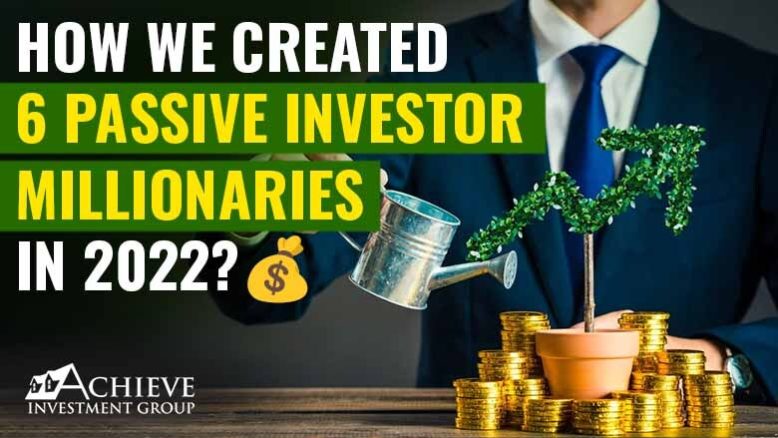The U.S. Dollar’s Impact on Passive Real Estate Investing: Trends and Insights
Passive real estate investing has become increasingly popular in recent years, with many investors looking for ways to diversify their portfolios and generate passive income. One of the most popular types of passive real estate investing is multifamily real estate investing, which involves investing in apartment buildings and other multi-unit residential properties. Multifamily syndication, where multiple investors pool their resources to invest in a large multifamily property, is also a common approach to passive real estate investing. Investors are currently facing both potential benefits and drawbacks due to the current strength of the U.S. dollar. However, one factor that can have a significant impact on passive real estate investing is the strength of the U.S. dollar. In this blog post, we will explore the trends and insights related to the U.S. dollar’s impact on passive real estate investing, with a particular focus on multifamily real estate investing and syndication. What is the U.S. Dollar and why does it matter? The U.S. dollar is the world’s primary reserve currency, meaning it is the currency that other countries hold in their reserves. Additionally, the U.S. dollar is the most traded currency globally and serves as the benchmark for many commodities, including gold and oil. The value of the U.S. dollar has a significant impact on the economy and global financial markets. When the dollar is strong, it increases the purchasing power of Americans and allows them to buy more goods and services. However, a strong dollar can also have negative effects on the economy, such as hurting exports and making it more expensive for foreigners to buy U.S. goods. The Impact of a Strong Dollar A strong U.S. dollar can have both positive and negative effects on passive real estate investing. On the one hand, a strong dollar can increase the purchasing power of foreign investors, making U.S. real estate assets more attractive. This can lead to increased demand for U.S. real estate assets, which in turn can drive up prices and increase returns for investors. On the other hand, a strong dollar can also make it more expensive for U.S. investors to invest in foreign real estate assets. This can limit the opportunities available to investors and reduce diversification options. The Strength of the U.S. Dollar and Real Estate Investing The strength of the U.S. dollar can have both positive and negative impacts on real estate investing, depending on the circumstances. When the U.S. dollar is strong, foreign investors may be more inclined to invest in U.S. real estate, as their purchasing power is higher. This can drive up demand and prices for U.S. real estate, which can benefit investors. On the other hand, a strong U.S. dollar can also make U.S. real estate more expensive for domestic investors, as they have to pay more for materials, labor, and other expenses denominated in foreign currencies. This can lower returns on real estate investments and make them less attractive. Multifamily Real Estate Investing and the U.S. Dollar Multifamily real estate investing has historically been a reliable investment option, with steady cash flows and long-term appreciation potential. However, the strength of the U.S. dollar can impact this asset class in several ways. First, a strong U.S. dollar can attract foreign investors to multifamily properties, increasing demand and driving up prices. This can be particularly true in high-demand markets, such as major metropolitan areas. Second, the cost of labor and materials can increase when the U.S. dollar is strong, which can reduce profit margins for multifamily investors. This can make it more challenging to find attractive investment opportunities, particularly in markets with high levels of competition. Multifamily Syndication and the U.S. Dollar Multifamily syndication is a popular approach to passive real estate investing, as it allows investors to pool their resources and invest in large, institutional-quality multifamily properties. However, the strength of the U.S. dollar can also impact multifamily syndication in several ways. First, a strong U.S. dollar can make it more challenging to find attractive investment opportunities, particularly in markets where prices are already high. This can make it more challenging for syndicators to find properties that meet their investment criteria. Second, a strong U.S. dollar can impact the returns that investors receive from multifamily syndication. If the cost of labor and materials increases, this can reduce profit margins and lower returns for investors. Conclusion The strength of the U.S. dollar has a significant impact on passive real estate investing. While a strong dollar can present challenges, investing in hard assets like real estate can help mitigate these challenges and provide stable long-term returns Passive real estate investing can be a lucrative way to diversify your portfolio and generate passive income. However, it is important to understand the impact that the strength of the U.S. dollar can have on this market. By monitoring currency trends and implementing currency risk management strategies, investors can mitigate the impact of currency fluctuations and maximize their returns. With careful planning and management, passive real estate investing can be a valuable addition to any investment portfolio.


